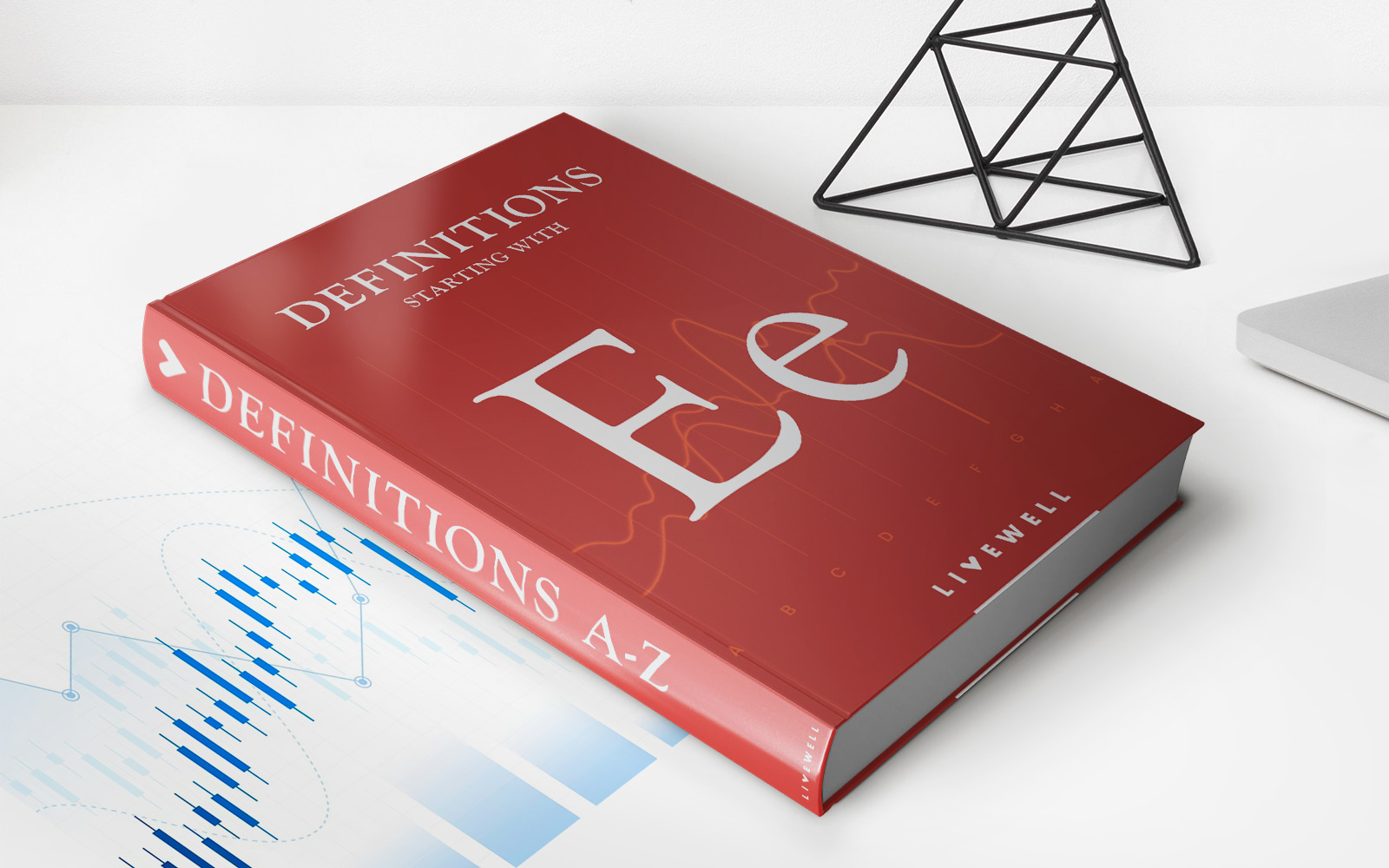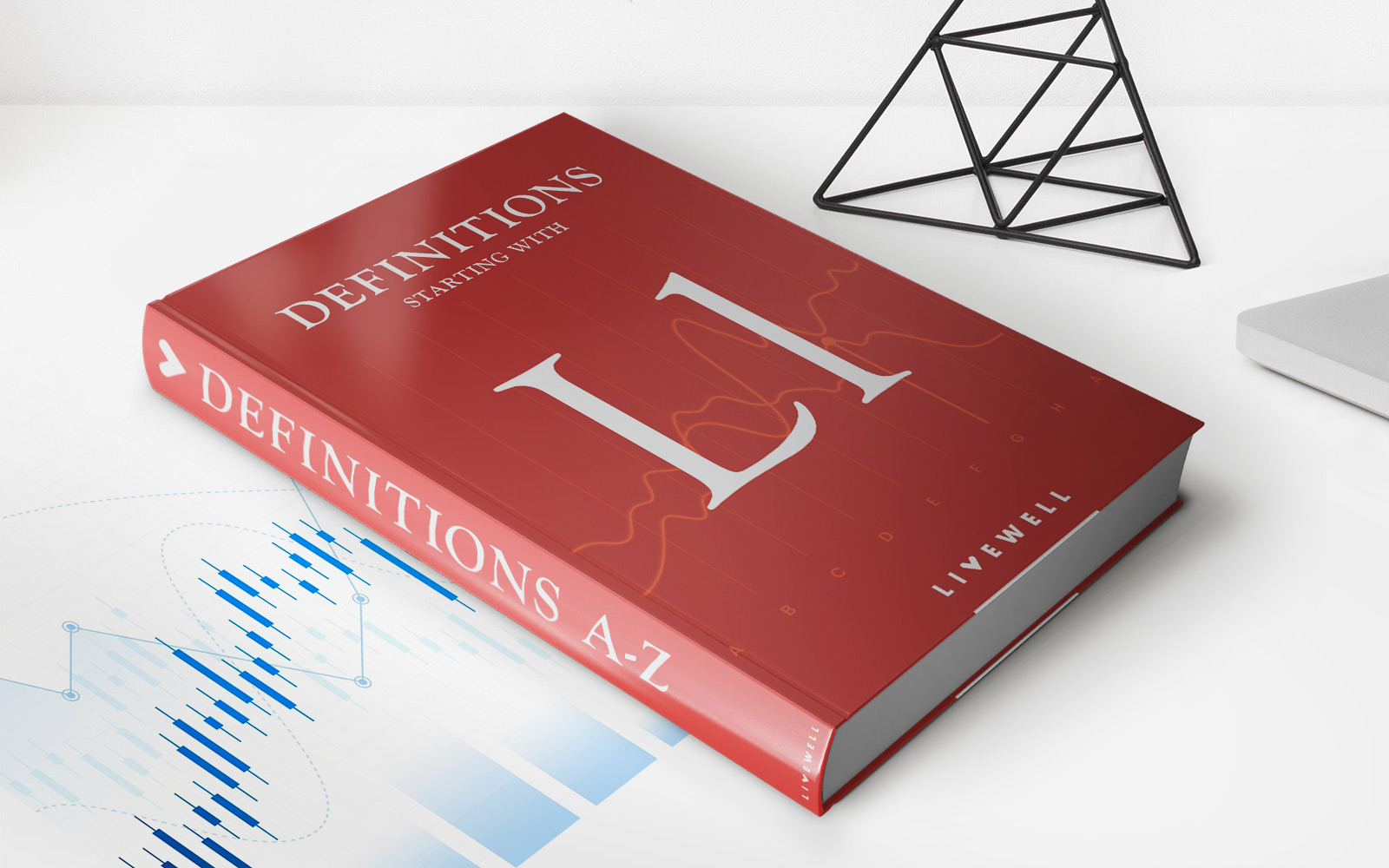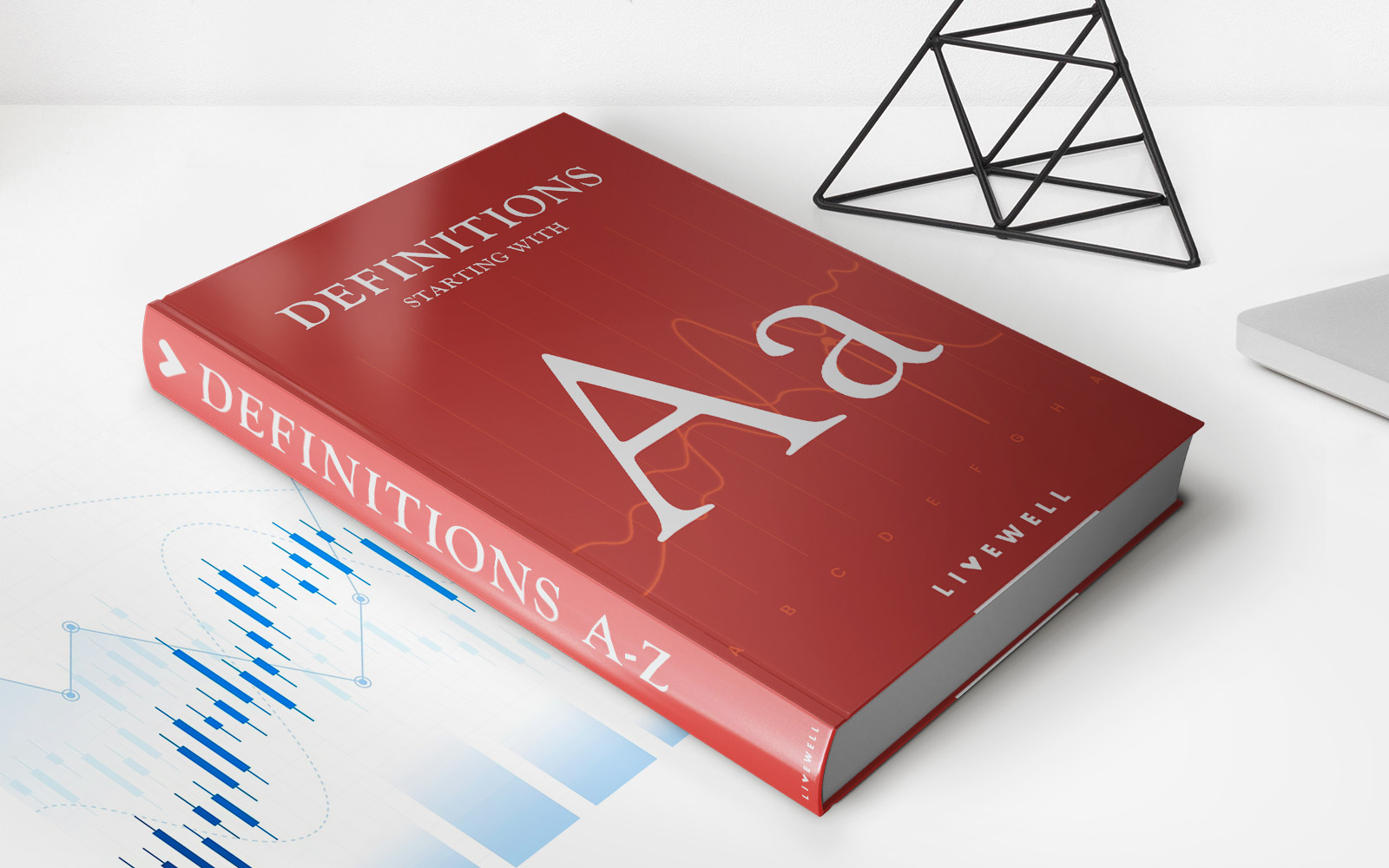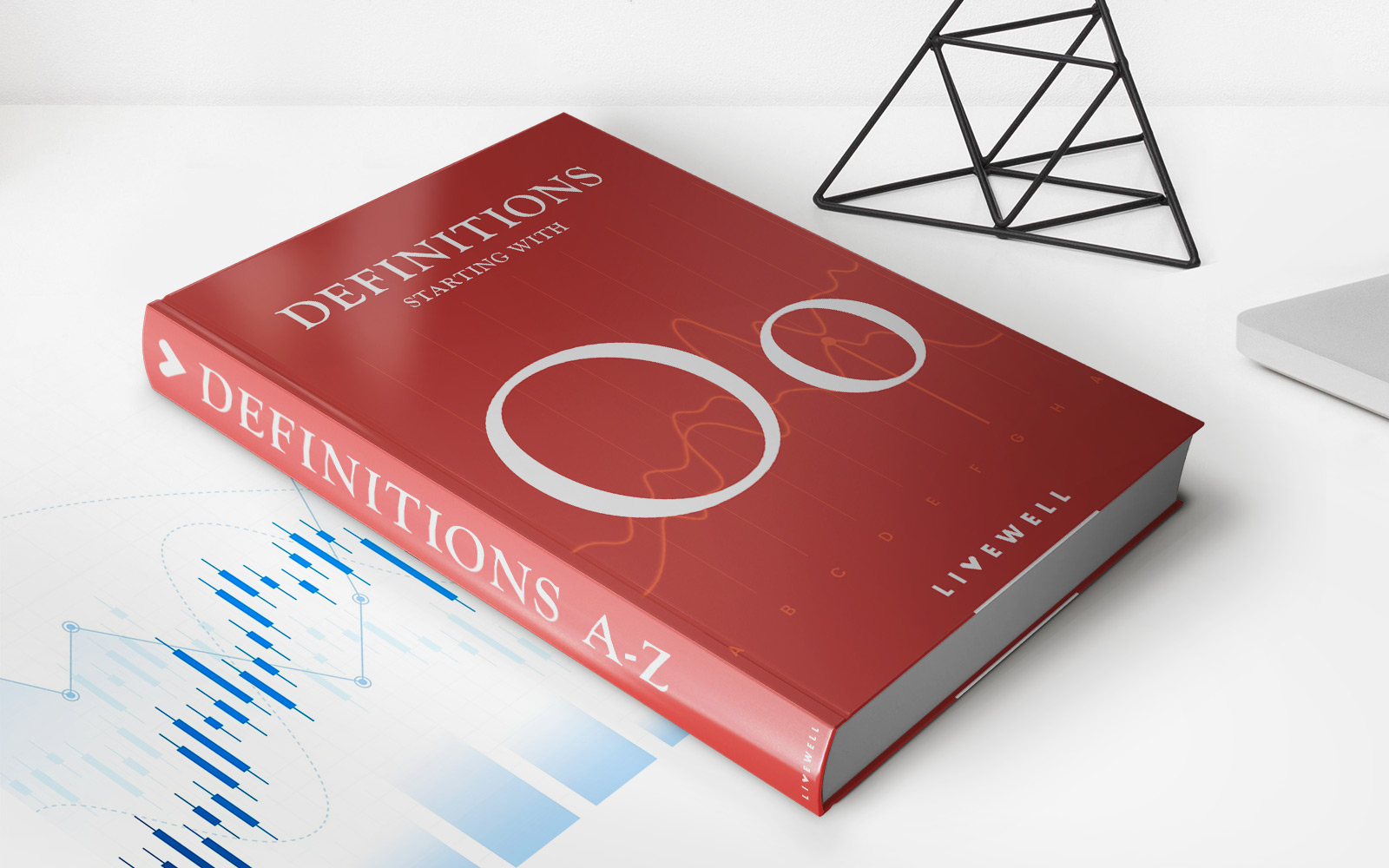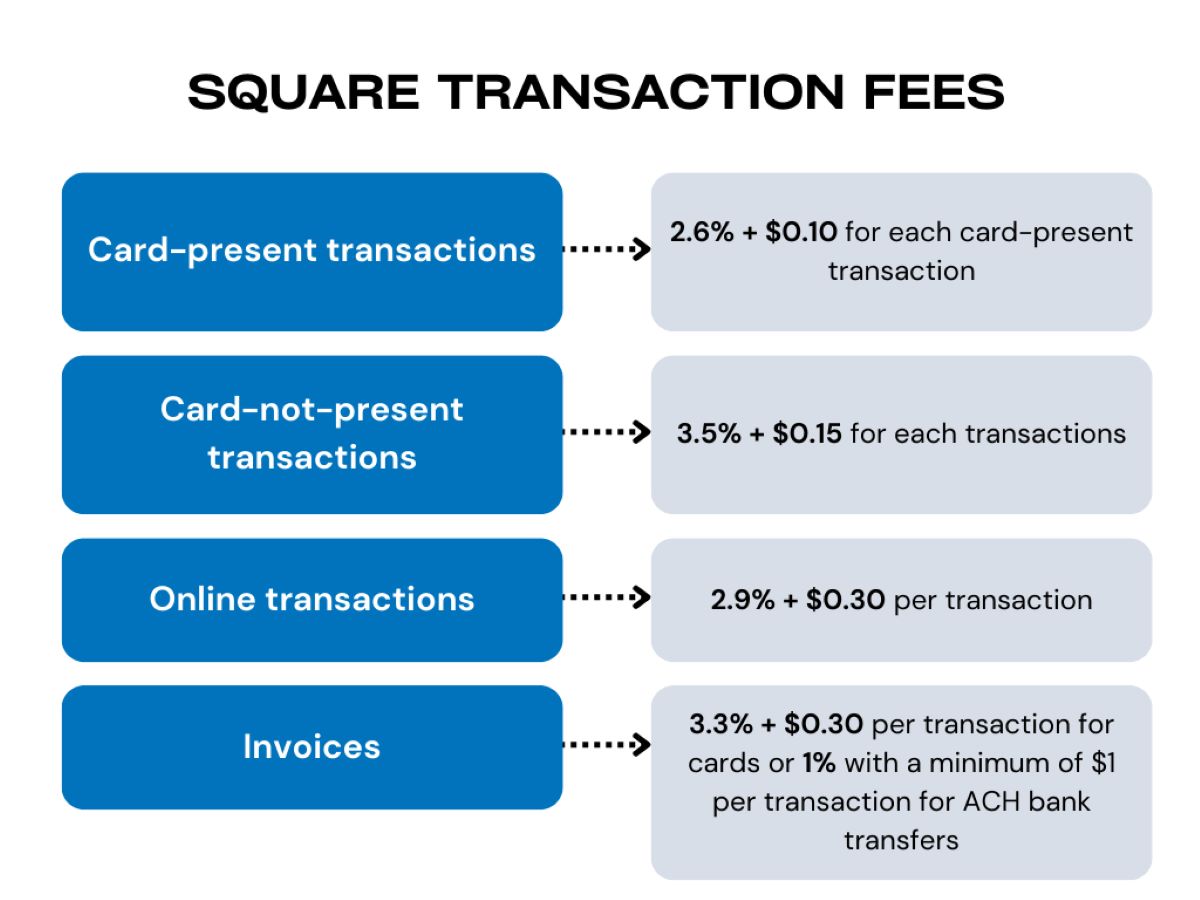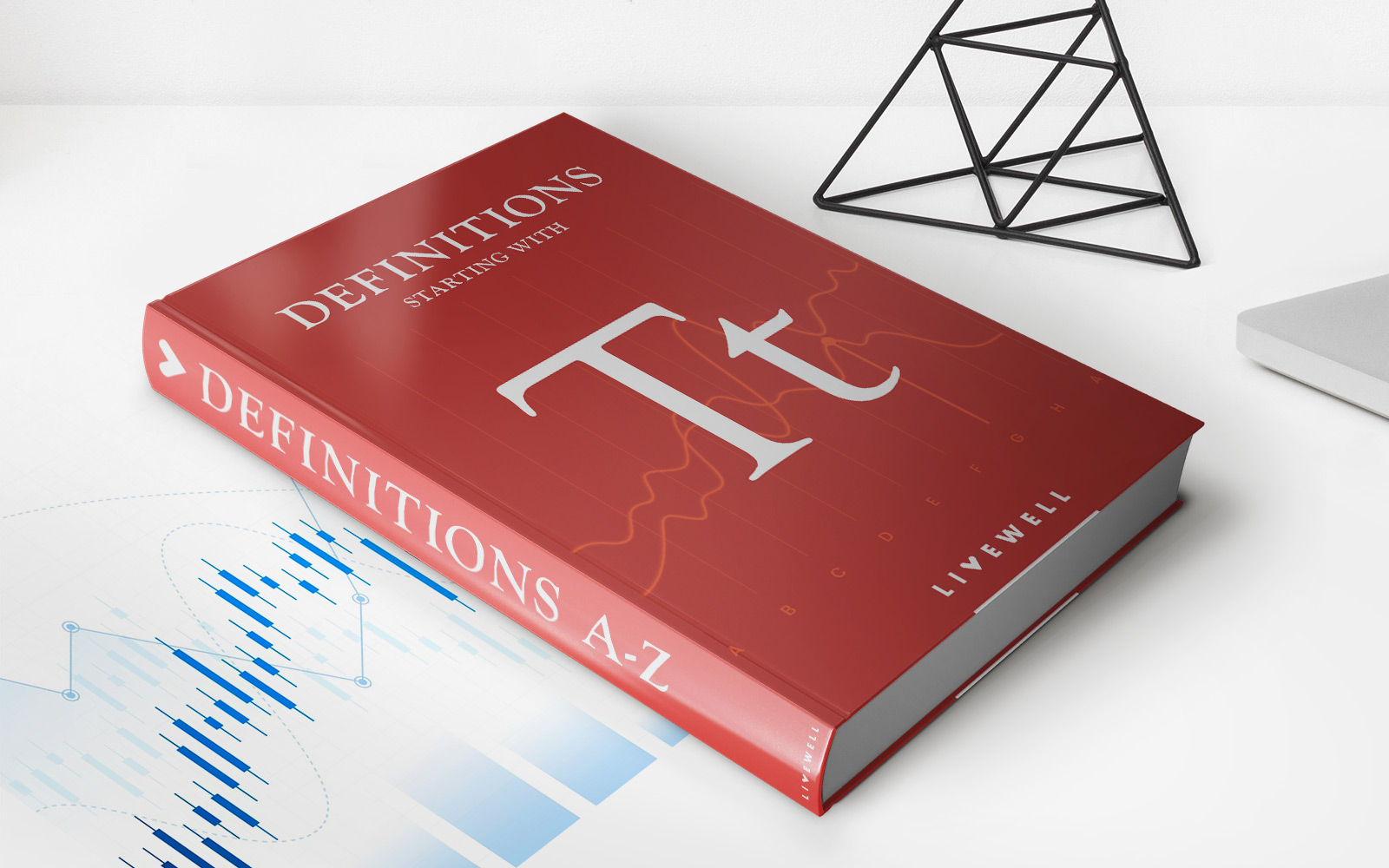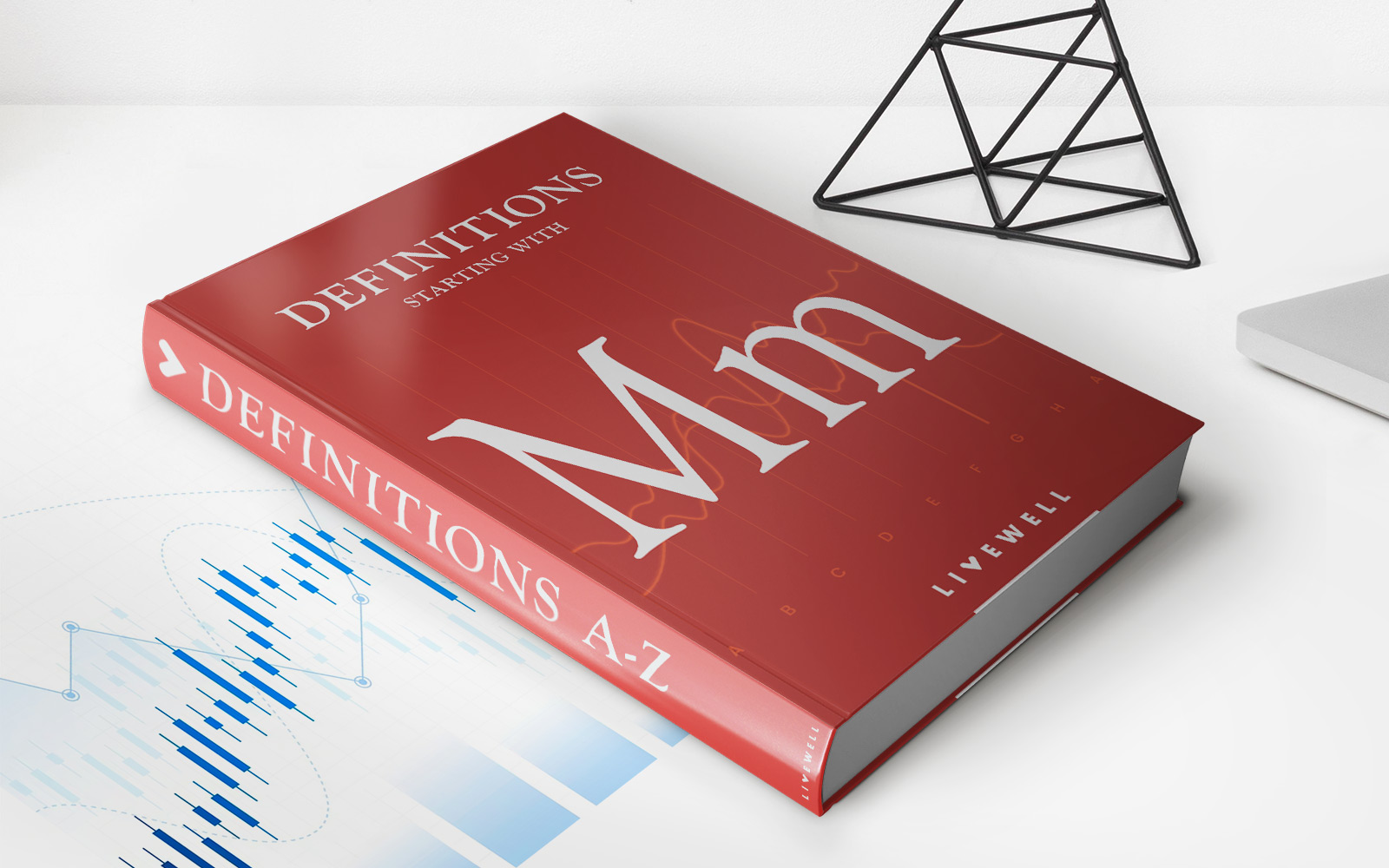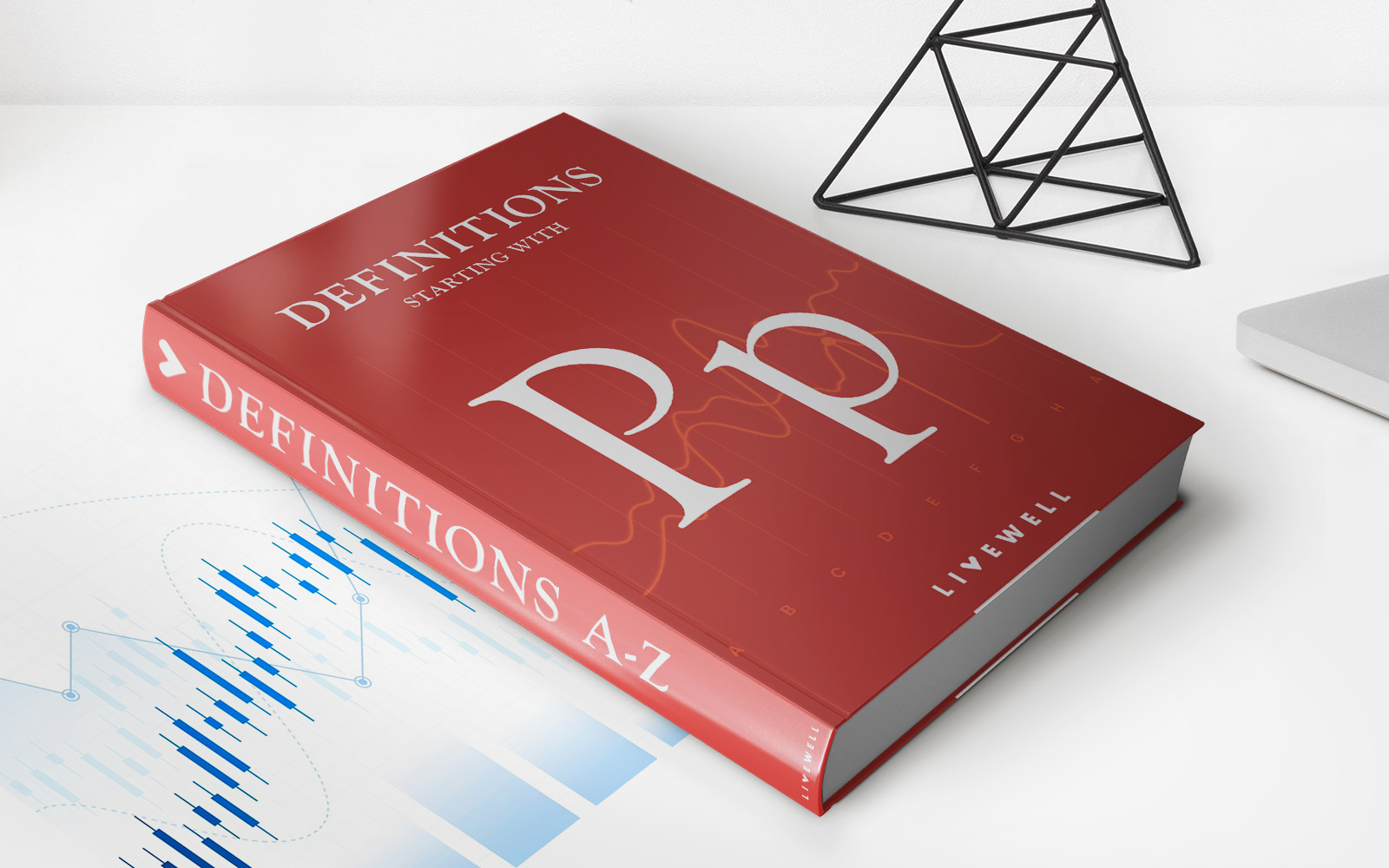Home>Finance>Exercise: Definition And How It Works With Options
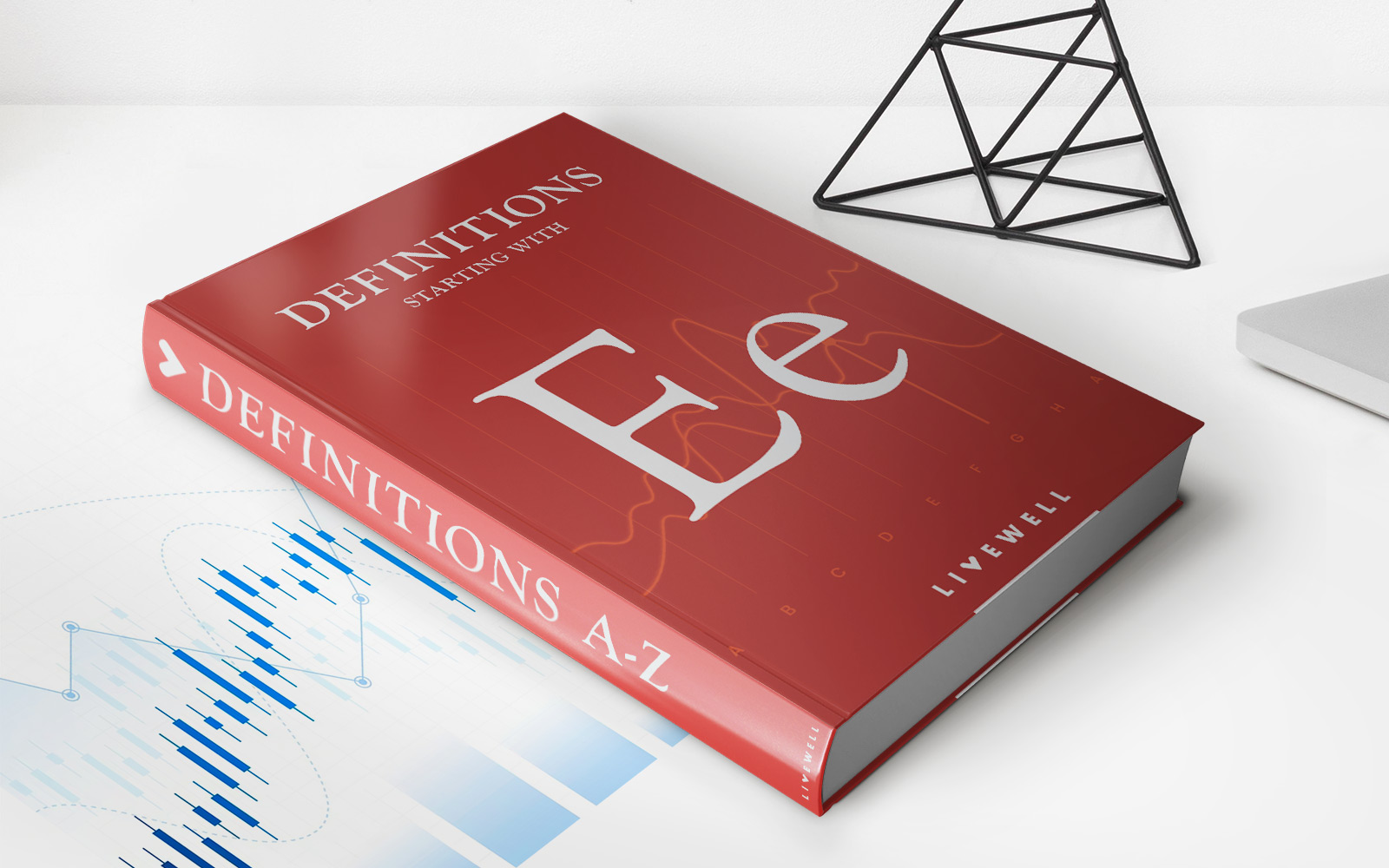

Finance
Exercise: Definition And How It Works With Options
Published: November 20, 2023
Learn the definition of exercise in the context of finance and discover how it works with options. Enhance your financial knowledge and investment strategies.
(Many of the links in this article redirect to a specific reviewed product. Your purchase of these products through affiliate links helps to generate commission for LiveWell, at no extra cost. Learn more)
Exercise: Definition and How It Works With Options
Welcome to our Finance category! In today’s post, we will dive into the fascinating world of exercise in the context of options. If you’ve ever wondered what exercise means and how it relates to options trading, you’ve come to the right place. So let’s get started and unravel this concept together!
Key Takeaways:
- Exercise refers to the act of converting an option contract into its underlying asset, such as stocks or commodities.
- When an option’s owner exercises their right, they can either buy (in the case of a call option) or sell (in the case of a put option) the underlying asset at the predetermined strike price.
First, let’s define what exercise means in the world of finance. In options trading, exercise is the process of converting an option contract into the underlying asset, which is typically a stock, index, or commodity. This conversion takes place when the option holder decides to enforce their contractual right to buy or sell the underlying asset at the specified price, known as the strike price. Exercise is a crucial aspect of options trading and plays a significant role in the overall strategies employed by traders and investors. Let’s explore how exercise works with options.
Now, you might be wondering, “Why would someone exercise an option?” The answer lies in the potential profitability opportunities and risk management strategies that options offer. Here’s a breakdown of how exercise works for both call options and put options:
1. Call Option Exercise:
- If you’re holding a call option, exercise allows you to buy the underlying asset at the strike price. This can be beneficial if the market price of the asset is higher than the strike price, as you can purchase it at a lower price and potentially make a profit.
- However, it’s important to note that exercising a call option is not always the most profitable choice. If the asset’s market price is lower than the strike price, it would be more economical to simply sell the option itself.
2. Put Option Exercise:
- On the other hand, if you have a put option, exercise enables you to sell the underlying asset at the strike price. This can be advantageous if the market price of the asset is lower than the strike price, allowing you to sell it at a higher price and profit from the price difference.
- Similar to call options, exercising a put option might not always be the best decision. If the asset’s market price is higher than the strike price, it would be more logical to sell the option instead of exercising it.
It’s important to remember that exercising an option is not mandatory. Option holders have the freedom to choose whether or not to exercise their contracts and convert them into the underlying asset. The decision to exercise primarily depends on factors such as the market conditions, time remaining until the option’s expiration, and the potential profitability at the given moment.
In summary, exercise in the context of options refers to the process of converting an option contract into the underlying asset. It grants option holders the right to buy or sell the asset at the predetermined strike price. Understanding how exercise works is crucial for options traders and investors, as it allows for strategic decision-making based on market conditions and profit potential. So next time you come across the term “exercise” in options trading, you’ll have a deeper understanding of its meaning and significance.
